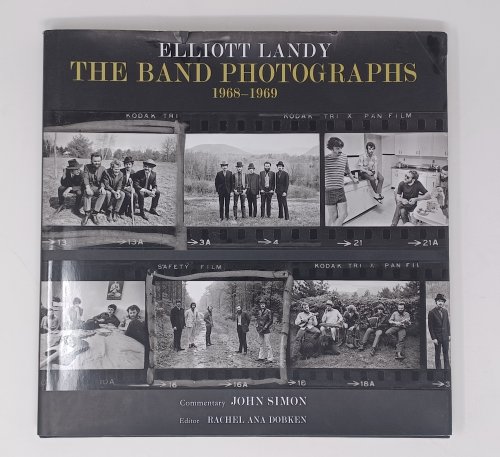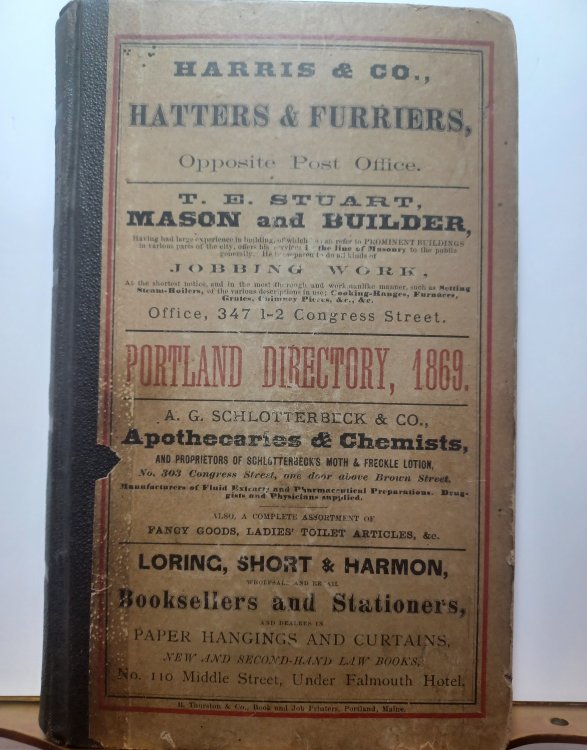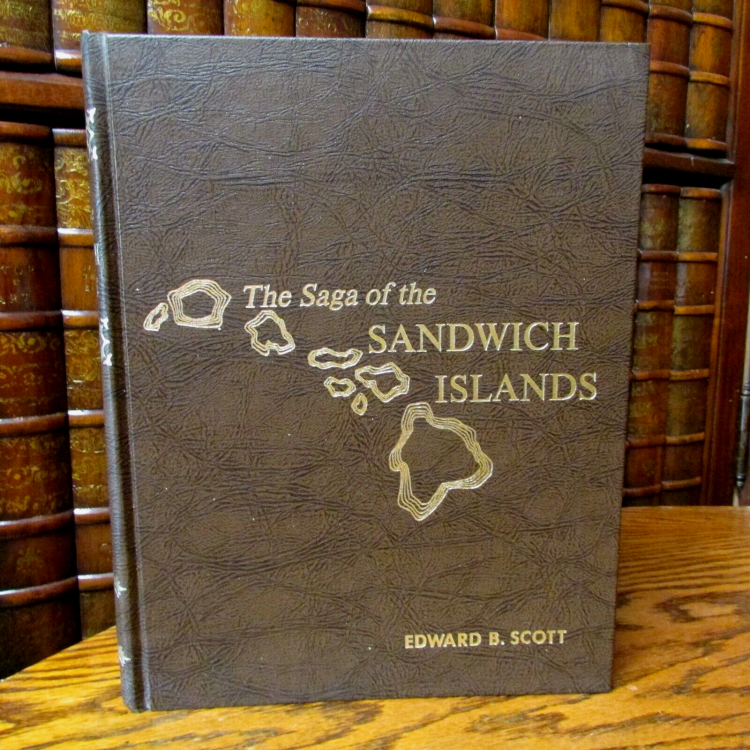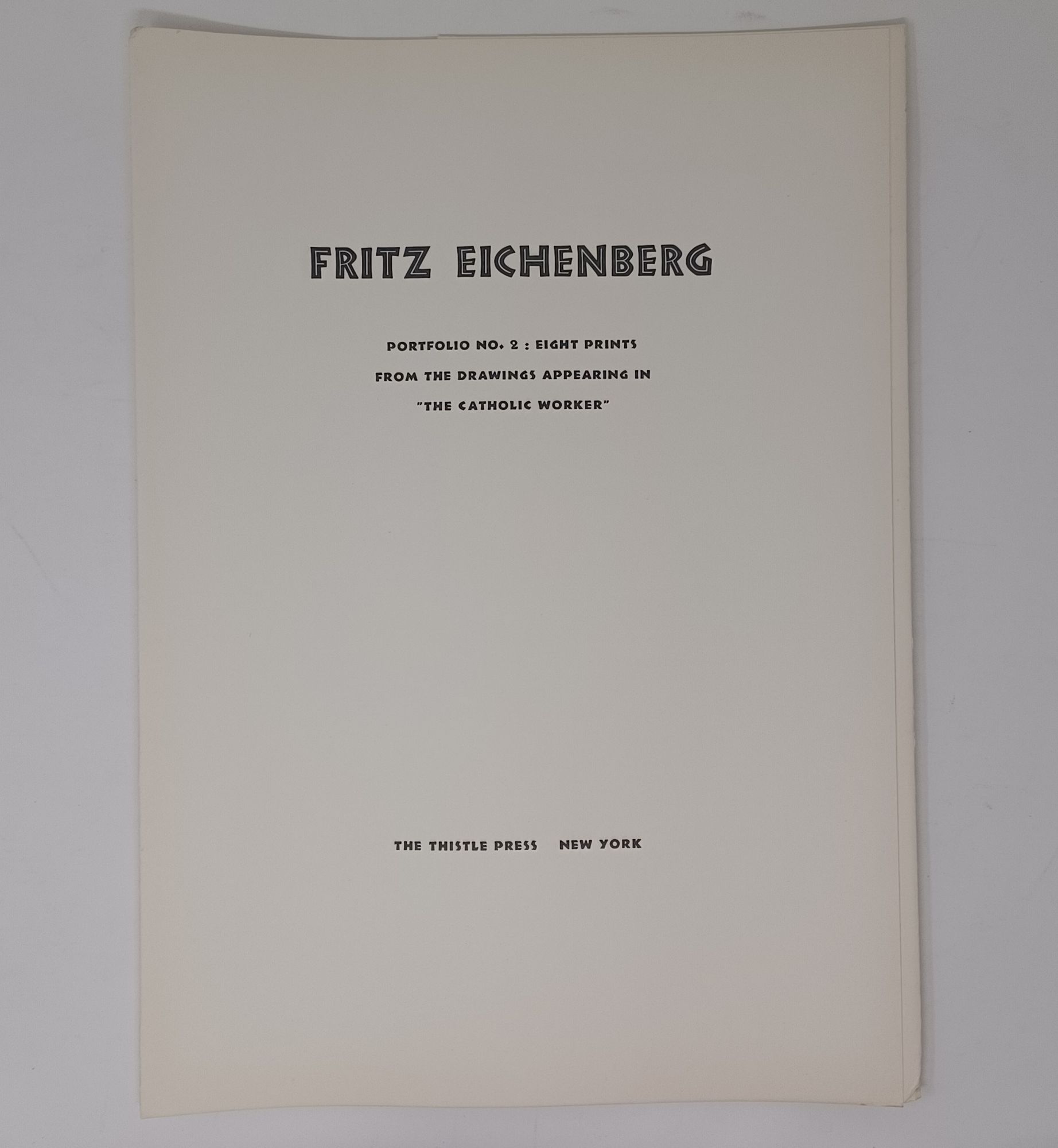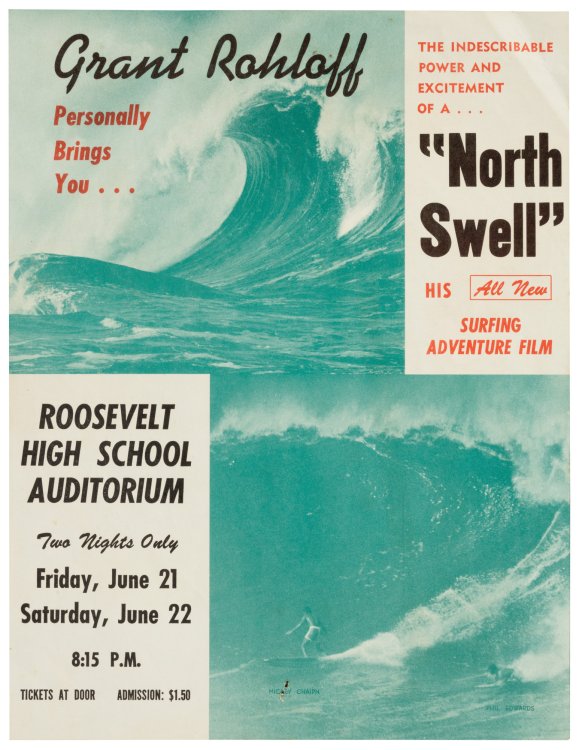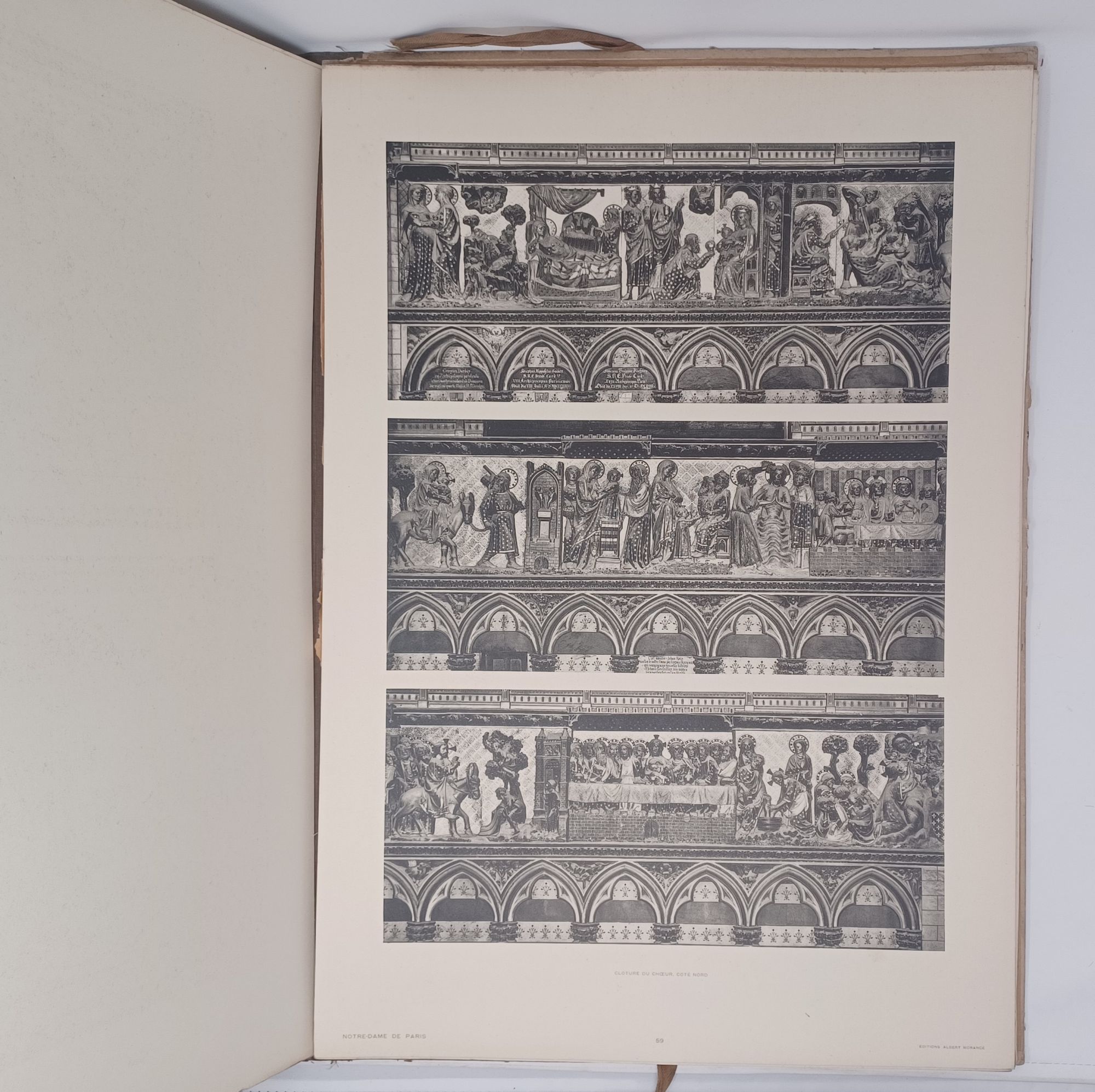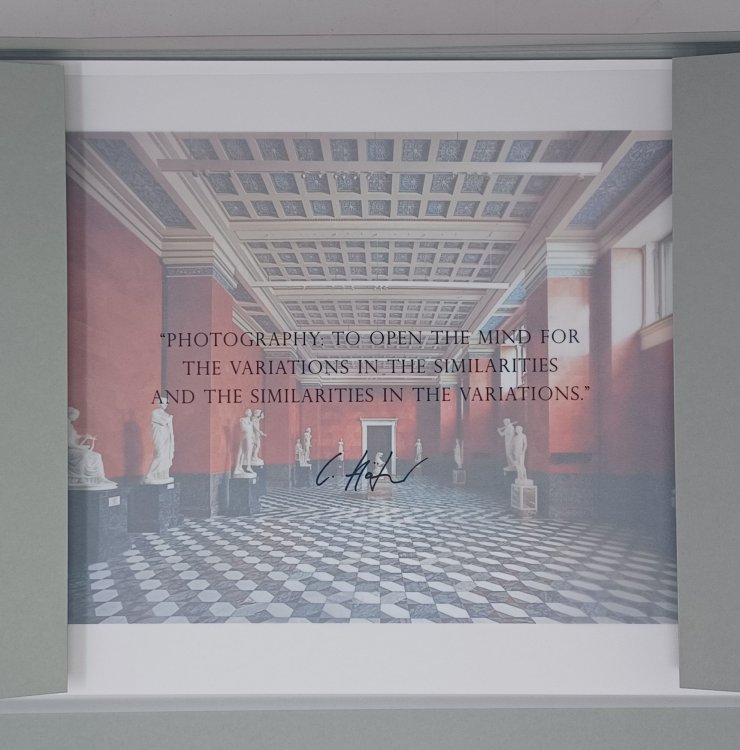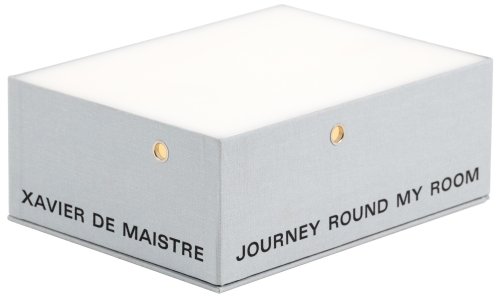
Journey Round My Room, Deluxe variant, no 4 of 30
$799.00 USD • Used
Arion Press. 2007 Housed in diorama box created and signed by Ross Anderson. Box no. 4 of 30 numbered copies, with book No. 64 of 300 numbered copies from a total edition of 326 copies in the box....
Store: HonoluluRareBooks [View Items]
Arion Press. 2007 Housed in diorama box created and signed by Ross Anderson. Box no. 4 of 30 numbered copies, with book No. 64 of 300 numbered copies from a total edition of 326 copies in the box. Illustrated with photographs by Ross Anderson. 8x6" (21x14.2 cm), striped cloth, housed in box. The box with portholes allow the viewer to look inside. Light through the box illumines walls and floors of an abstract apartment that serves as the lid to the tray holding the book. Fine in fine box. --. "Written while the author was confined to his room for 42 days as punishment for dueling, the book presents the author's imaginary journey exploring the limits of his surroundings" (Publisher). Prospectus laid in. --- Under the bibliographical heading of Travel and Exploration is a subhead, Imaginary Journeys. Here we have a book based on personal experience by a traveler who goes nowhere outside his living quarters, except in his imagination. --- The author, Xavier de Maistre, was born in 1763 at Chambry in France. In 1790, as a young officer in the Piedmontese army, he participated in a duel. It is not known whether his opponent perished or was wounded; de Maistre records no injury to himself. As punishment he was confined to his own quarters in Turin for forty-two days. During that period of house arrest he wrote a book, a short work, but one that would have long influence and enjoy virtually uninterrupted publication to this day in its original French, as well as in translations. The authors conceit is that, even though incarcerated, he is free to travel. The mode of meandering he recommends will appeal to everyone, he insists, especially the rich, because it is so inexpensive as to cost nothing. Confined to his room, waited upon by his servant and accompanied by his dog, he roams about, finding means of escape through his imagination and the objects that trigger it. He counts the thirty-six paces of the rooms periphery and crisscrosses it haphazardly. Sometimes he uses his arm-chair as a conveyance. He tips back on its hind legs, balancing and rocking, maneuvers forward, sideways, or rearward, employing this means of locomotion when he has no schedule to keep, that is, when he is not in a hurry, as is the case throughout his imprisonment. How boring, you might think, but he is not in solitary confinement. He has dream visitors as he slumbers in his comfortable bed. At the end of the book it is revealed that he has entertained real guests. The furniture, the books, the pictures on the walls, the views through windows are observed and occasion further observations. Why go so far as to Paris or Rome Rather range farther as a stay-at-home! --- The illustrations are by the architect Ross Anderson. They are sixteen photographs of small models of the room, its furnishings, and the authors traveling coat, taken with a cell-phone digital camera. These low-resolution pictures are printed on translucent UV/Ultra II paper by offset lithography. The result is an elusive evocation of an interior that becomes the vast expanse of the interior of the mind. Anderson also created a housing for the book (sold out) . This is a box with portholes that allow the viewer to look inside. Light through the ceiling of the box illumines walls and floors of an abstract apartment that serves as the lid to the tray holding the book. It is an architectural model that might be called the second story. A portion of the book edition is offered with this box as an optional feature. FORMAT The Arion Press edition, edited and designed by Andrew Hoyem, is both historically allusive and keenly contemporary. The type is Suburban French, a face cut about 1911 and adapted for Monotype composition. It may have been based on a Didot type from around 1804 and bears resemblances to the elegant Romain du Roi of Grandjean for the Imprimerie Royale in 1702. The initial letters and display type on the title page are Gallia, produced by Lanston Monotype in 1928. This face was chosen because of its striping of thin-thick-thin lines and is printed in rose ink because of the preference of the author for bed-hangings in this color and pattern. That scheme is repeated on the binding cloth, with alternating rose and gray stripes. Rose, or pink, in ones surroundings, de Maistre advises, ensures happiness. The printing is by letterpress, on Arches Text, a French mouldmade paper. The book is in a small format, 8-1/4 by 5-7/8 inches, 152 numbered pages plus 32 unnumbered pages for the illustrations, totaling 184 pages. The edition of the book is limited to 300 numbered copies for sale and 26 lettered copies hors de commerce. The book is signed by Ross Anderson. --- From Wikipedia: A Journey Around My Room (originally published in French as Voyage autour de ma chambre) is a 1794 book by Xavier de Maistre. It was written to stave off boredom whilst the author was serving a 42-day sentence of confinement to his room for participating in an illegal duel. The book is written in the style of a travelogue and discusses the contents and furniture of his room as well as imaginary situations and dialogues. The theme of the work is that pleasure can be found in one's everyday surroundings. At the end of the work he notes his regret at having to return to society. The work is thought to have been first published in English in 1871. A sequel, A Nocturnal Expedition Around My Room, was published in 1825.
Product Info
Publisher: Arion Press
Year: 2007
Type: Used
Binding: Hardcover
First Edition
Signed
Seller Info
HonoluluRareBooks
Address: 2998 Pacific Heights Road Honolulu, Hawaii
Website: https://www.rarebookshonolulu.com
Country: United States

